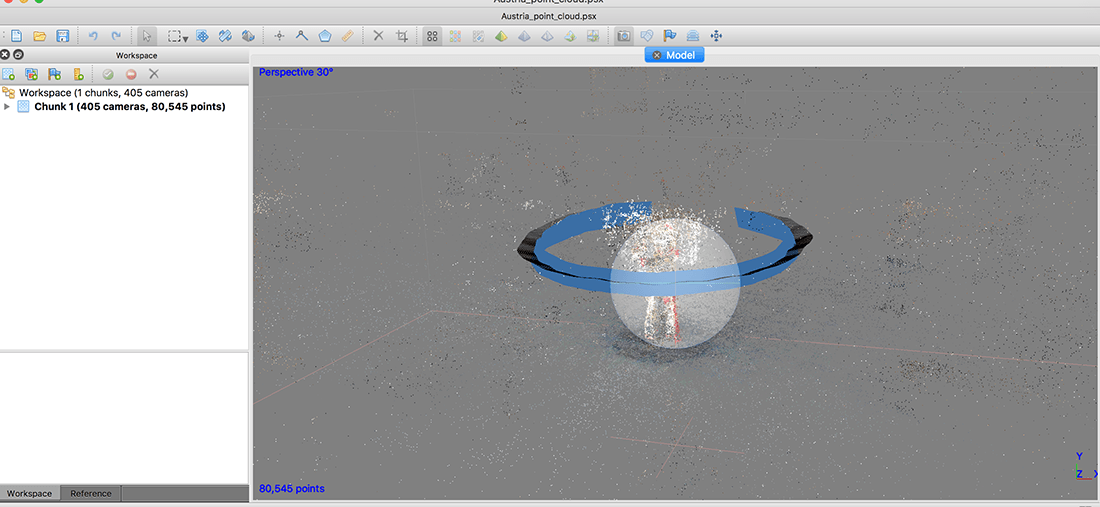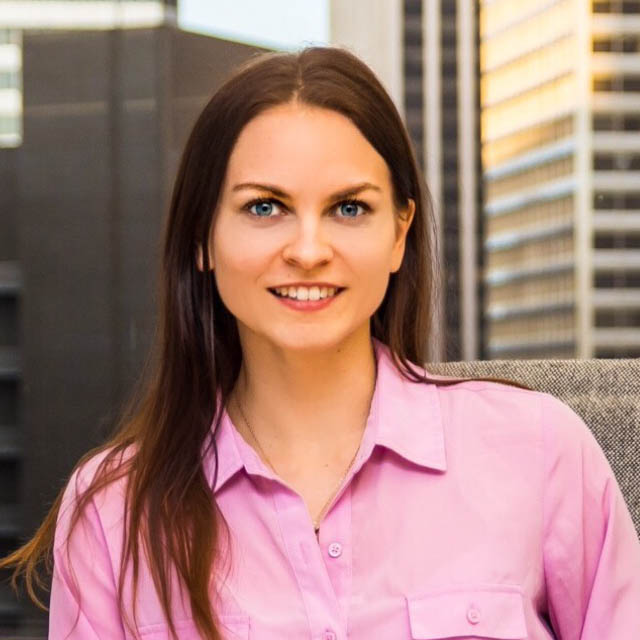Journalists know the maxim, “show, don’t tell” creating engaging stories. We spent ten weeks exploring tools for creating 3D photogrammetry models which can be used to show story subjects in an entirely new way. Here we present a rundown of what we learned.
For any journalist interested in creating 3D photogrammetry models there are two key steps: capture and processing. The basic gist is this: a journalist shoots about 100 images during the capture process, either using a typical digital camera or specialized tools; then, she imports them into software which analyzes the photos to generate point clouds and construct the models. How those point clouds are generated and their accuracy depends largely on which software program is used.
Below we will provide an overview of software and hardware tools which can be used, in general, for 3D photogrammetry. Then, we will share some specific results of a comparative test we conducted as part of our research.
Photogrammetry Software
Not all software is created equal, and this is true in the world of photogrammetry. Program capabilities vary greatly depending on the level of detail and processing speed you’re seeking.
It is advisable not to run other resource-heavy applications while processing.
| Cost | Accuracy | Processing speed | Notable features | |
|---|---|---|---|---|
| RealityCapture | $109.99 for 3 months subscription | Highly accurate meshes from point clouds | Fast - Takes average of 30 min. to process | Exports directly to Sketchfab; easy and fast, but expensive. |
| Photoscan | $179 for standard edition stand-alone license | Moderately to highly accurate meshes from point clouds | Not Fast - 30 min. to several hours to process | Allows for integrated model editing; has bulk-creation functionality. |
| Autodesk Maya | $185 for stand-alone single-user license | Highly precise mesh editing | Speed dependent on process complexity | Takes time to become accustomed to interface and functions; high functionality and high potential for rendering, hole filling and other "clean-up" tasks. |
| Mobile phone apps Trnio (iOS) Scann3D (Android) |
Free | Free | Dependent on phone specs | Can produce models "in the field"; easy upload capabilities to email or SketchFab; models do not always turn out high quality; lighting must be even to produce adequate results; good as a backup option |
Once you’ve made your models, you probably want to show them off to the world. Sketchfab is one very easy way to put your models “in the cloud” so that you can link to them or embed them. You can think of Sketchfab as “YouTube for 3D models.” It’s free, with a premium option. It’s easy to use, and models are generally uploaded and available in about one minute.
Photogrammetry Hardware
Of course, you’ll need some kind of camera to capture the images, but there are other tools you may need, or at least may want to have.
Cameras
| Benefits | Drawbacks | |
|---|---|---|
| Smartphone | Noninvasive and highly portable, with reasonably high-resolution video and photo capture | Limited battery life, poor storage, few capture/lens settings and difficult bulk exporting. (iPhone has less VR tools/functionality) |
| DSLR | Abundant capture/lens/focus/aperture settings, including hardware accessories; exceptionally high resolution still photo capture, reasonably high resolution video capture; abundant post-processing software | Limited storage, high cost and fragility; more-invasive during closeups; accessories add bulk |
| HD Video Camera | Numerous modes and settings, including hardware accessories; high resolution video capture, reasonably high resolution still photo capture; abundant post-processing software | High cost and bulk; capture could be complicated in tight spaces |
| Microsoft Kinect V1 or V2* | Instantly creates high definition point clouds, exports directly as .obj file, not confused by refractive or reflective surfaces, and proprietary processing software is free from Microsoft | Point clouds are captured from a single momentary perspective, not a collection of perspectives/angles: assets created with Kinect scans have no "back"; texture resolutions are moderate to poor |
| Structure Sensor by Occipital* | Connects directly to certain tablet devices; automatically creates photogrammetry assets; extra photogrammetry software not required; portable and easy to use. | Can produce poor quality environment scans but appears to scan objects well. |
Other tools
| Benefits | Drawbacks | |
|---|---|---|
| Powerful PC (Windows) | Minimizes processing time for models from days to minutes. | High cost and low portability |
| Studio Light Kit | Evenly lights models creating ideal capture environment, leads to better and faster model reconstruction | Low portability; typically requires outlets |
| External Hard Drive | Easily store and transfer bulky photogrammetry files and capture materials | External hard drives are typically formatted for either Windows or Mac operating systems; Windows formatted drives can be read on both OSes |
| Capture Device Battery Packs | Increases uptime for capture devices | Bulky |
Comparative Results
We processed the same photogrammetry model from the International Crown Championship of Cosplay 2017 to compare the speed and accuracy of the processes between Photoscan and RealityCapture. Overall it appears RealityCapture is better at handling the chaos sometimes brewing in the background when captures are performed. Photoscan is widely used by scientists and archaeologists to model artifacts and tools they are studying and has a high accuracy but requires more technical knowledge of the software to generate the highest quality models. RealityCapture is more user friendly for the first time user or less experienced user. We’d advise you not to discount the capabilities of Photoscan though.
Since RealityCapture is not available for Macintosh, we processed on Reality Capture only using a PC. (Full specifications below.)
The processes produced very different results.
| Processing speed | Processing Accuracy | Notable features | Tips | |
|---|---|---|---|---|
| PC: Reality Capture | Total: 20-40 min. Average 5-10 minutes for photo alignment; 10-20 minutes for model creation; 5-10 minutes to texture the model. | High accuracy with deep colors, defined shapes and lifelike features | Program has fast processing time from what we can see with this use case. | Used 19 GIG of RAM and Photoscan plateaus at 9GB of RAM. During this time no other programs were running. |
| PC: Photoscan | Total: 16-17 hrs "Align Photos" step took 2.5 hours to generate the point cloud and 13.5 hours to generate dense point cloud; mesh took 3-5 minutes and texture took 20 minutes. | Accuracy is suitable but many holes and extra matter in the model. | Appears to take a long time to generate point clouds and dense point clouds. | “Align photos” happened with the “High” setting (default option) |
| Mac: Photoscan | Total: 11 hrs “Align Photos” step took 5 hours to generate the point cloud; 4 hours to generate “dense point cloud” and 2 hours to generate model. | Accuracy is suitable but many holes and extra matter in the model. Program appears to struggle with parsing out the extra environmental matter around the subject. | Appears to take a long time to generate point clouds and dense point clouds. | The processing time is very long and cumbersome. |
Result of processing on RealityCapture
Point cloud generated on Photoscan.
Notice the extra points from other environmental factors surrounding the model at the center.

System specifications
| Mac | PC |
|---|---|
|
macOS Sierra Version 10.12.4 MacBook Pro (Retina, 15-inch, Mid 2015) 2.5 GHz Intel Core i7 16 GB RAM 1600 MHz DDR3 Intel Iris Pro 1536 MB |
Windows 10.1 Processor - Intel i7-6700K 4.0Ghz 64Gb RAM Graphics Card: NVIDIA GTX980-Desktop 2TB HD space (used 600gb in 6 weeks of Photogrammetry) |






